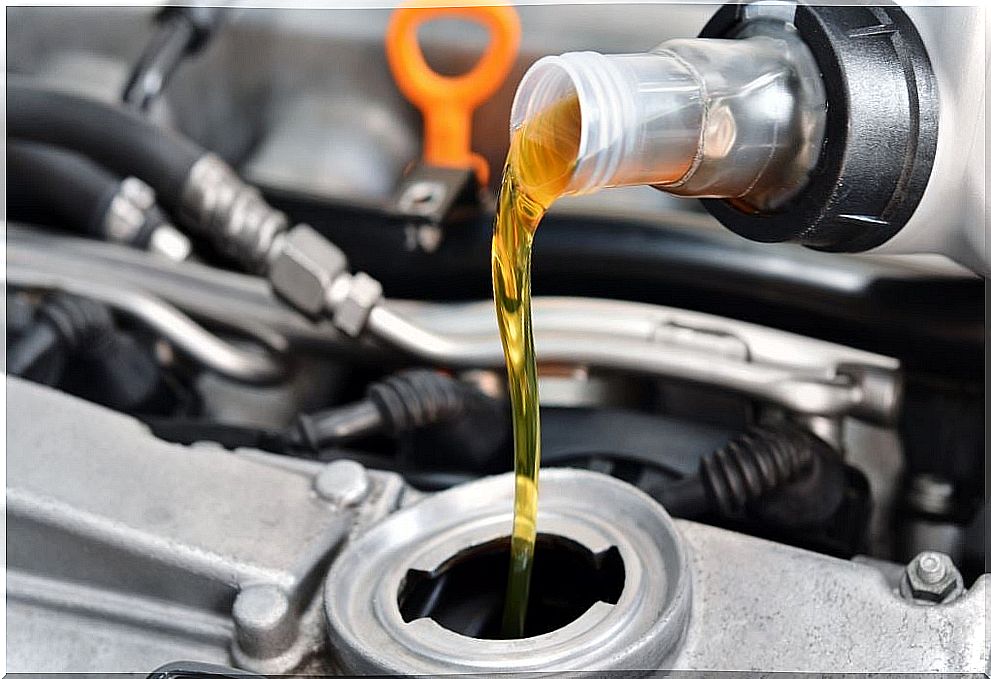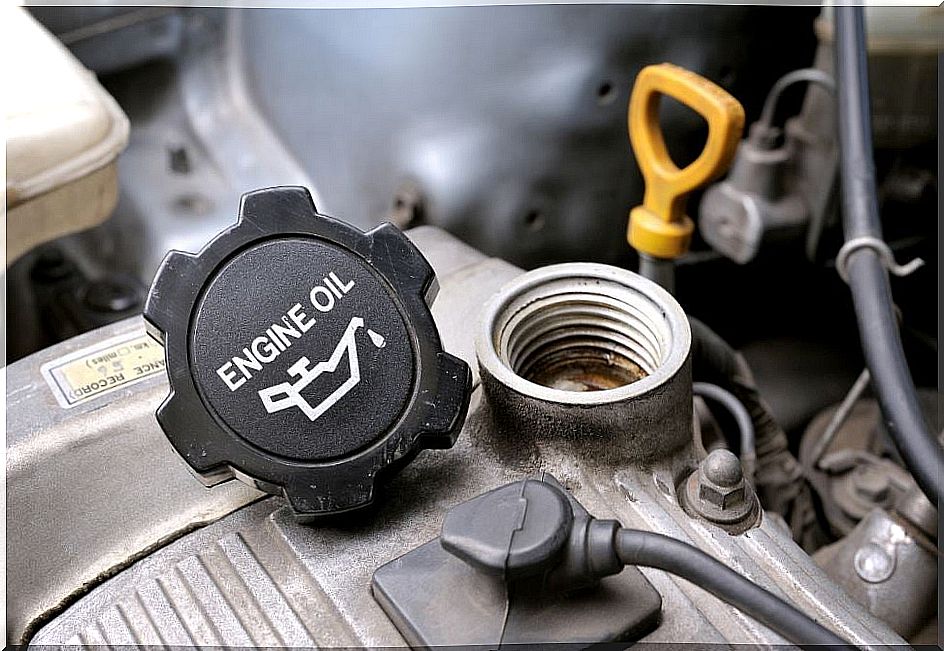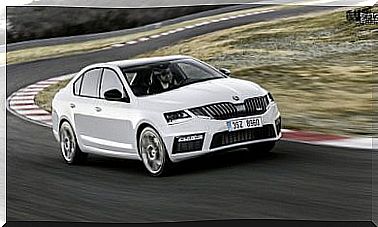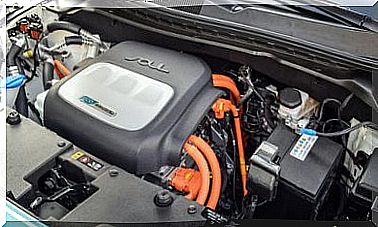The Different Types Of Motor Oil

Motor oil is an essential element for the proper operation and maintenance of the vehicle. Its purpose is to lubricate the moving parts of the engine to reduce friction.
In addition, it also allows the engine to be kept clean by preventing corrosion and serves as a cooling element by extracting part of the heat from the moving parts and dissipating it away from them.
Types of motor oil
There are different types of oil according to its composition and its purpose:
- Conventional oil: this type of oil offers a wide range of viscosities and quality levels. It is the recommended compound for vehicles with simple engines and for regular use.
- Synthetic oil: compared to the molecules of conventional oils, synthetic compounds have a more uniform structure and have fewer impurities. This type of oil performs well at both high and low temperatures.
- Semi-synthetic oil: it is composed of a mixture of synthetic and conventional oils. This allows it to offer greater resistance to oxidation and great behavior at low temperatures.
- High mileage oil: This compound is specially designed for older or newer vehicles, but with more than 120,000 km. Among the properties of this type of oil is that it reduces its burn point and contributes to sealing leaks in the system, which can be common in older cars.
Circulation of motor oil
The engine oil path begins at the bottom of the engine block. Thanks to the oil pump, the compound is transported to all the points where it is required. After being driven by the pump, the oil passes through the filter, which makes it possible to retain any possible impurity present in the substance.

In this way, the engine is free of dirt that could cause breakdowns in the future. Therefore, the oil filter is an important element in vehicle maintenance.
A dirty or damaged filter can let harmful particles pass through the system, so this element must be replaced every 10,000 or 15,000 km, depending on the type of oil used.
After passing through the filter, one of the main places the oil reaches is inside the cylinders. There, the oil lubricates the pistons and the crankshaft, which prevents overheating and deterioration caused by friction between these elements.
Finally, the oil reaches the lower part of the engine, where it is filtered and sucked in to return to the pump and start the journey again.
Engine oil nomenclature
The different types of motor oils are identified by indices developed by the SAE (Society of Automotive Engineers). These codes identify its viscosity, which is the resistance that the oil offers when flowing.
Lighter fluids have a low degree of viscosity, while others like honey have a high viscosity. In the case of oil, the viscosity changes when heated or cooled.

Engine oil grades
As an example, in oil designated SAE-0W-20, the first ‘0’ represents its low temperature viscosity index. The ‘W’ indicates that it is an oil designed to be used in winter, and the ’20’ is the high temperature viscosity index.
The different viscosity grades that a motor oil can have are: 0, 5, 10, 15, 20, 25, 30, 40, 50 and 60. This viscosity is measured by the time it takes for the oil to flow through a hole, so it is known as kinematic viscosity.
The importance of following the recommendations
In principle, skipping the manufacturer’s recommendations and switching to another type of oil does not have to have serious consequences. However, it must be taken into account that each car is designed to work under certain conditions, so that with a certain type of oil, optimal performance is achieved.
When it comes to changing the oil, and if you choose another type, one with better fluidity at low temperatures will allow better starting behavior, as long as the vehicle does not have a high number of kilometers behind it.
When it comes to mixing the oils, there is no reason to have problems either, but the usual thing will be not to achieve the optimum viscosity. Therefore, in an emergency, it will be better to resort to mixing two different oils rather than circulating with one in poor condition.









